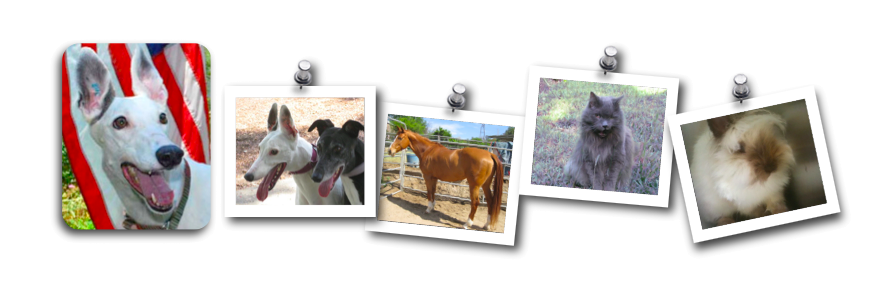This article gave me ideas which will enable me to better handle a stressful situation with a horse. I hope it inspires you. Nancy
First and foremost, the human needs to be centered and calm. Your self-control and calm breathing can do wonders to help the horse. He will take his cue from the environment and your behavior is part of that. If a vet is on-site, all the better. Every effort needs to be made to keep the horse comfortable. Horses who have been sedated are NOT candidates for ESCT as tranquilizers of any type will interfere with the ESCT process.
Minimum requirements for the process to work are that the horse is able to stand and be handled with a halter and lead rope. It is best to work with an assistant in an emergency situation if at all possible. Moving the horse to a quiet place away from the fracas is also recommended, as working in a whirlwind situation is counter-productive.
Note that there is a definite protocol involved in healing a horse with ESCT. [The complete protocol is described in the Book of Horse Healing Secrets and in the ESCT and Pulser videos and DVDs available through www.harmonyhorseworks.com] It is likely that your state’s animal control network gives clinics in animal disaster relief. Many vets are trained in animal disaster management techniques. Adding ESCT to help horses in trauma situations is very effective. This is another welcome tool to help animals in need during tough situations. We recommend becoming completely familiar with the protocol and using it on many horses before heading out into a trauma situation.
Barbara Wright operates Harmony HorseWorks, Horse Sanctuary and Rescue in Conifer, CO. Contact her at (303) 816-0766, barbara@harmonyhorseworks.com, harmonyhorsewrks@aol.com or visit www.harmonyhorseworks.com
By sharing our concerns and successes, we all benefit.
Animals live to serve us one way or another, so knowing how to take care of them is critical for our mutual well being.

No comments:
Post a Comment